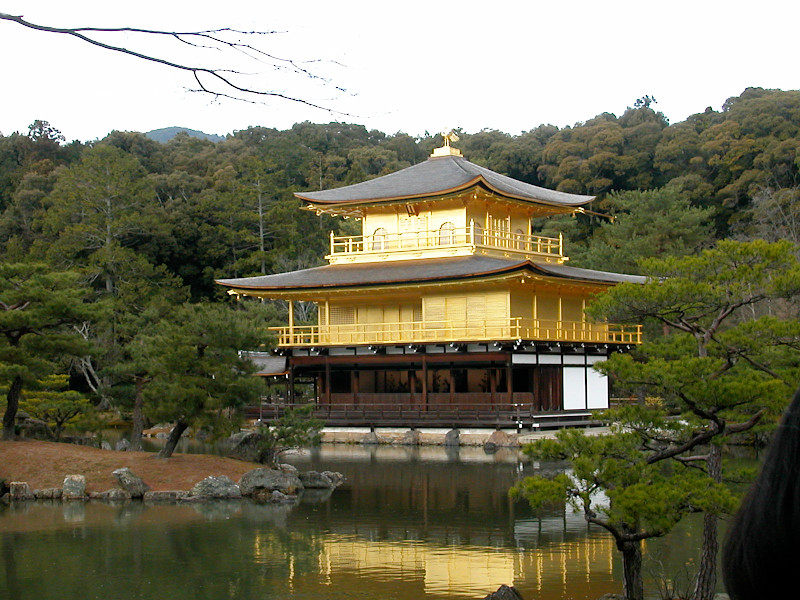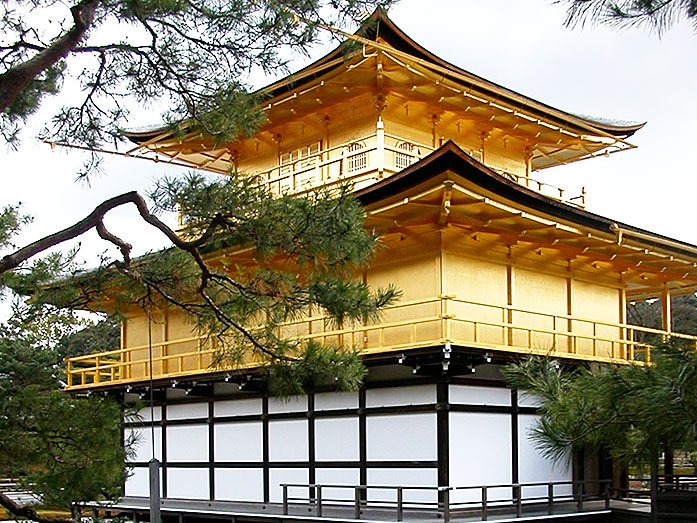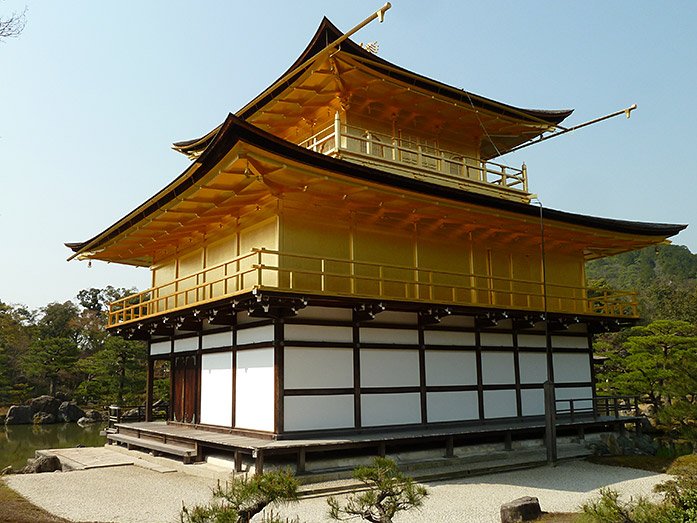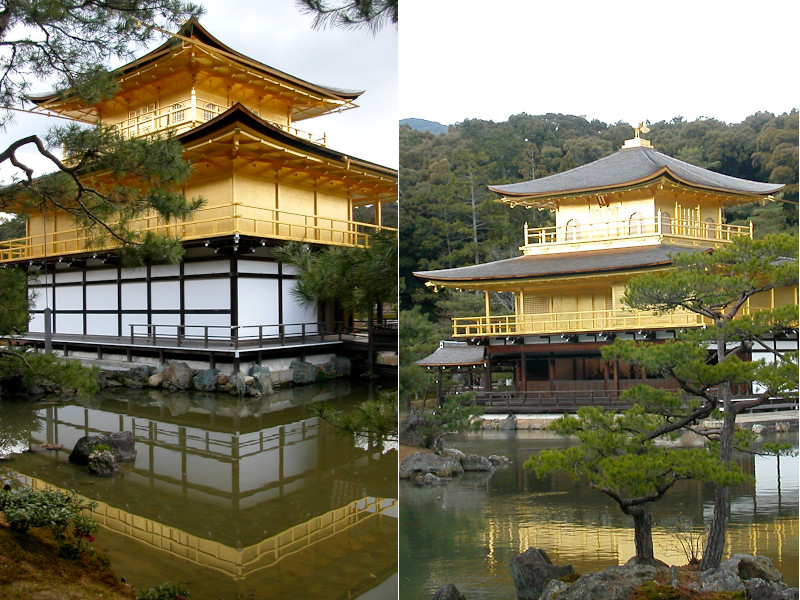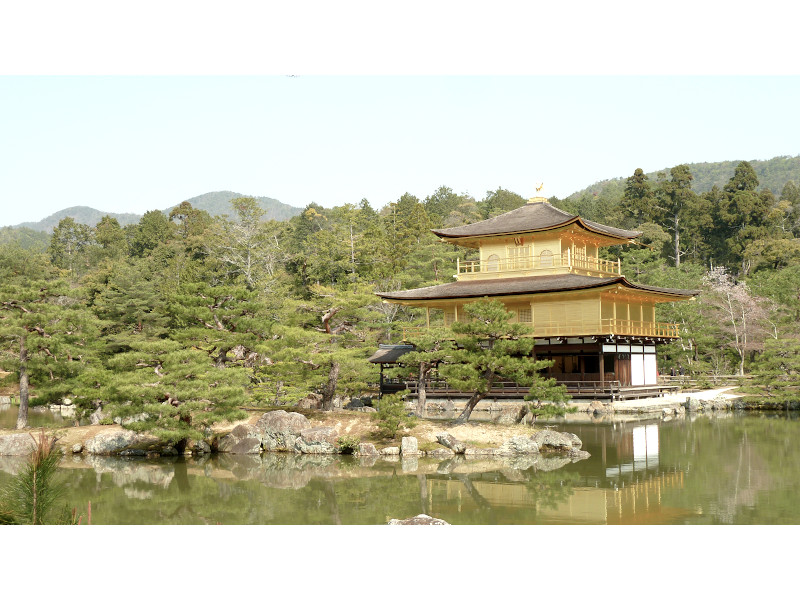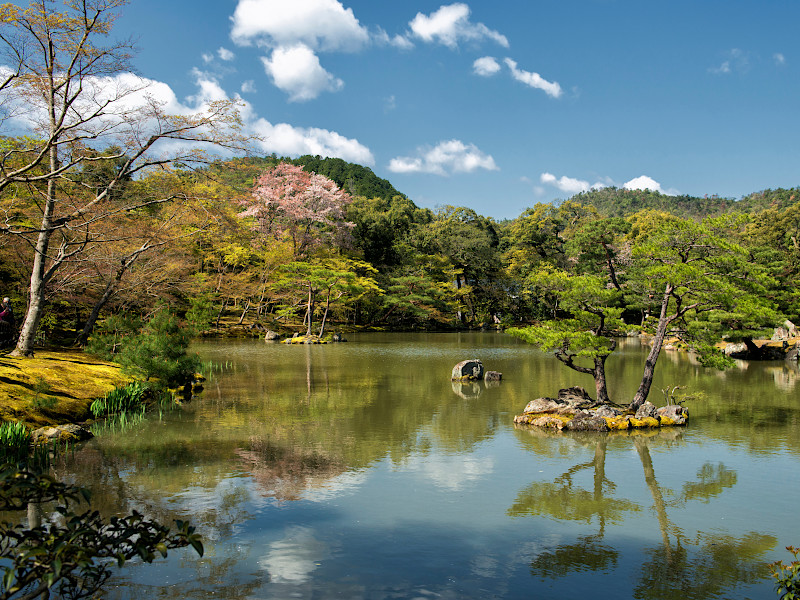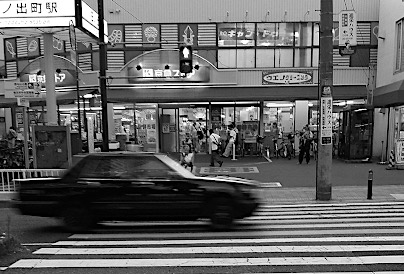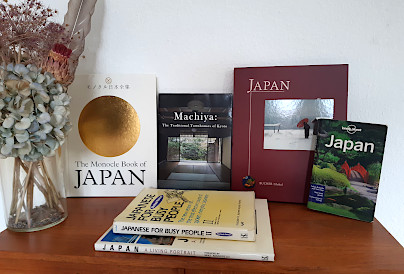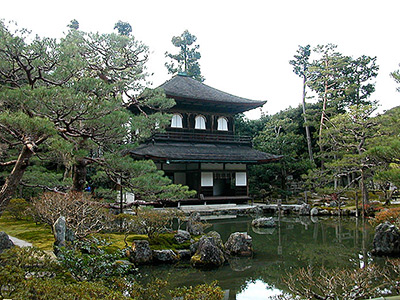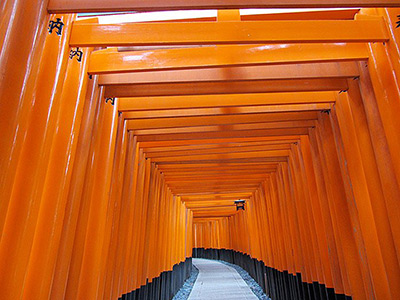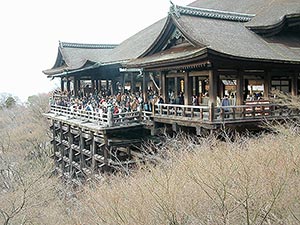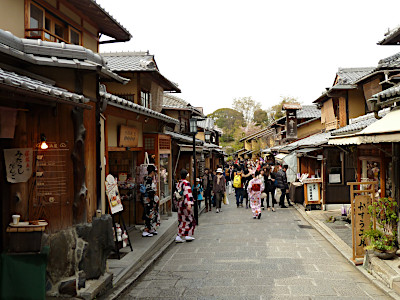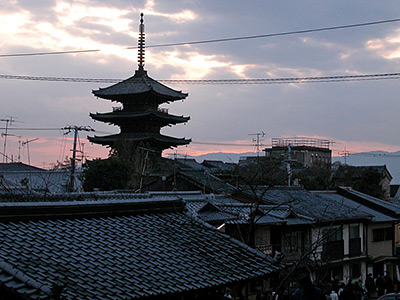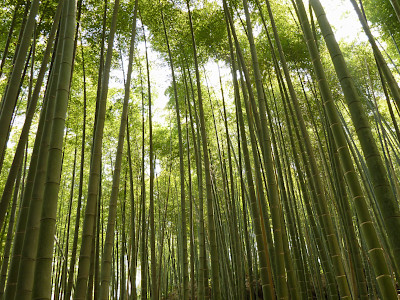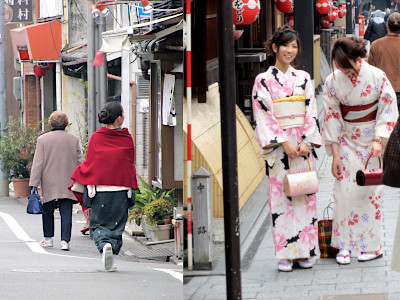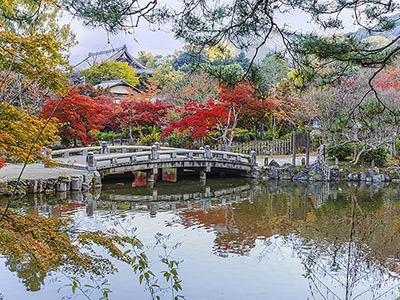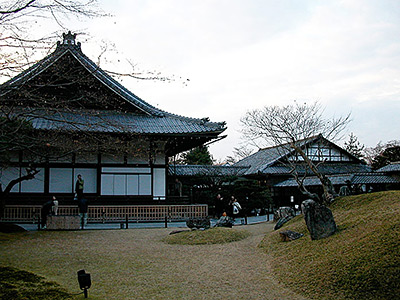Kinkaku-ji (Golden Pavilion) in Kyoto
This post can contain affiliate links, which means that we may receive a small commission if you make a purchase using these links.
Facts & Figures
The Zen Buddhist Temple Kinkaku-ji or “Temple of the Golden Pavilion” is a UNESCO World Heritage Site in Kyoto. Kinkaku-ji officially named Rokuonji Temple is a three-story building with a height of 12.5 meters. The two upper stories are completely covered in gold leaf. Every floor of the temple stands for a different architectural style. The 1st floor (Hossui-in) is a Shinden-zukuri style for palace buildings during the Heian Period (794 to 1185). The 2nd floor (Choon-do) is made in Bukke-zukuri style for samurai residences and the 3rd floor (Kukkyo-cho) has a Chinese Zen Hall style with a golden phoenix on top of the roof.
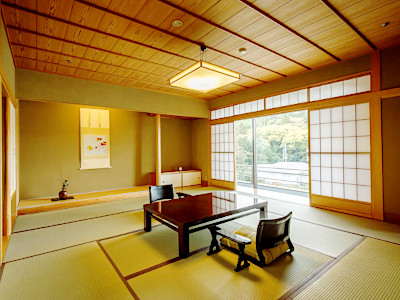 Explore Ryokans in Kyoto >
Explore Ryokans in Kyoto >
Ryokans are the perfect way to discover old Japanese culture and traditions.
The temple is one of the most popular and beautiful buildings in and outside of Japan. It is also the most visited temple in Kyoto, besides Ginkaku-ji and Kiyomizu-dera. The surrounding garden (kaiyu-shiki-teien) with the Kyoko-chi pond (Mirror Pond) in its center is the perfect showcase of Japanese garden design during the Muromachi period (1337 - 1573). The garden uses the principle of borrowed scenery (shakkei), which extends or connects the inside garden with the outside scenery. The whole temple complex covers an area of 132000 square meters. My tip: The best time to visit this place is during autumn when the red and yellow maple leaves create a beautiful atmosphere and during winter with its snow-covered surroundings.
- Kinkaku-ji
- Opening Hours - 9:00 am to 5:00 pm (whole year)
- Admission Fee - 400 yen (Adults), 300 yen (Elementary and Junior High School Students)
My tips for local activities
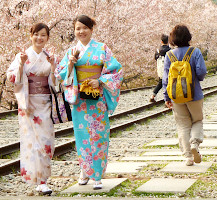
How about exploring the best parts of my favourite city Kyoto with a local guide? The personalized tour by our partner GetYourGuide can take between 2 - 8 hours. For more details check out this page >
History
Kinkaku-ji (formal name is Rokuon-ji) was originally built as a villa for the statesman Saionji Kintsune (1171 - 1244). After the villa was sold in 1397 it was turned into the residence of shogun Ashikaga Yoshimitsu (1358 - 1408). The Kinkaku-ji temple complex with its 13 buildings could be at that time compared in its size and number of structures with the Kyoto Imperial Palace (Gosho). After his death in 1408, the villa was converted into a temple of the Zen sect of Buddhism by his son Yoshimochi (1386 - 1428). Besides the Golden Pavilion, most of the other buildings were given to the Kennin-ji and Nanzen-ji temple complexes.
Over the years the Kinkaku-ji temple was burnt down many times (twice during Onin War 1467 - 77). In 1950 the pavilion was burnt down by novice monk Hayashi Yoken. Japanese author Yukio Mishima (1925 - 1970) created a novel about this tragedy in 1956 by the name Temple of the Golden Pavilion (Kinkakuji). The current structure was rebuilt in 1955 based on drawings from the Meiji Period. The Golden Pavilion has the status of a designated national treasure since 1929. Kinkaku-ji was also an important blueprint for the construction of Ginkaku-ji ("Temple of the Silver Pavilion”) in 1482 by shogun Ashikaga Yoshimasa (1436 - 1490) and the Shokoku-ji Buddhist Temple in Kyoto. Since 1994 the temple has been part of the UNESCO World Heritage list. Last but not least the roof of the building was restored from 2003 to 2004.
Location

Kinkaku-ji is located in northern Kyoto.
Address: 1 Kinkakuji-cho, Kita-ku, Kyoto
How to get to Kinkaku-ji?
- 40min from Kyoto Station by bus 101 or 205 or
- 15min from Kyoto Station by Karasuma Subway Line to Kitaoji Station and
- 10min by bus 101, 102, 204, 205 to Kinkakuji
Sightseeing spots at Kinkaku-ji
Top:
Kinkaku-ji (Golden Pavilion) - The architecture of the Shariden Kinkaku is simply breathtakingly beautiful. On the first floor, you can find statues of Buddha and Ashikaga Yoshimitsu in a sitting position. The second floor contains a Buddha Hall with beautifully decorated walls and ceilings. On the third floor are sacred relics of Buddha displayed. The roof was made with tiles of hinoki (cypress) wood. Unfortunately, the pavilion is not open to the public.
Kuri - The kitchen building has the typical Zen architecture style. It was only accessible by the abbot and his guests. Kuri was constructed between 1492 (Meio era) to 1504 (Bunki era).
Kyoko-chi pond (Mirror Pond) - The pond gets its name from the Kinkaku-ji reflection in the water. It covers an area of 6600 square meters. Kyoko-chi includes also some smaller islands like Awaji-shima or Ashihara-jima and unique rock formations like Akamatsu-ishi or Hatakeyama-ishi.
Anmintaku Pond - This beautiful little pond with a White Snake Mound called "Shirohebi no Tsuka" in its center is surrounded by thick forest. Even during heavy droughts the pond never dried up and therefore was used as a place to pray for rain. The small stone pagoda on the island is called Hakuja-No-Tsuka.
Hojo - It was the head priest's former living quarters. Hojo is known for its painted sliding doors (fusuma). Visitors are not allowed to enter the building.
Ryumon Falls (Ryumon-taki) - The falls height is 2,30 meters with a stone in the shape of a carp on top. A Chinese legend - Toryumon - says: that a carp who can swim up a waterfall will turn into a dragon.
Sekkatei Teahouse - It was renovated in 1874. The architectural style is called sukiya-zukuri. Sekkatei means Place of Evening Beauty.
Fudo Hall (Fudodo) - Inside the small temple hall is a stone statue of Fudo Myoo (protector of Buddhism and one of the Five Wisdom Kings) located, which was made by monk Kobo Daishi (774 - 835). He was the founder of the Shingon sect of Japanese Buddhism.
Somon - It is the wooden main gate of the temple complex.
Festival & Events (dates can change without notice)
May
Aoi Matsuri (15th)
The highlight of this festival is a large parade from the Imperial Palace through the Shimogamo Shrine to the Kamo Shrines. More than 500 people wearing aristocratic costumes from the Heian Period (794 - 1185). The Aoi Matsuri belongs with the Gion Matsuri and Jidai Matsuri as the three most famous festivals in Kyoto.
July
Gion Matsuri (whole month)
The month of July is full of different events like the Yoiyama - Kyoto's Magical Night (locals in kimonos look at the giant Gion floats the day before the parade) or the famous Yamaboko Junko (float procession on the 17th of July).
October
Jidai Matsuri ("Festival of Ages") (22nd)
People celebrate with a large parade between Imperial Palace to Heian Shrine the anniversary of the foundation of Kyoto. App. 2000 participants wearing historical costumes from different time periods. Enjoy this great festival which lasts around 2 hours. Illumination event at Kodai-ji (end of October - beginning of December)
Where to stay in Kyoto?
Day trips from Kyoto:
My 100 Best Moments in Japan
I have visited Japan nearly every year since 2004. This is my collection of the 100 best moments in my favorite country. Enjoy the pictures and I hope you will start your own journey soon.
Find out more >
Books about Japan
Reading books is a great source of inspiration for me. Check out my recommended list of books about the fascinating country Japan.
My Book recommendations >

